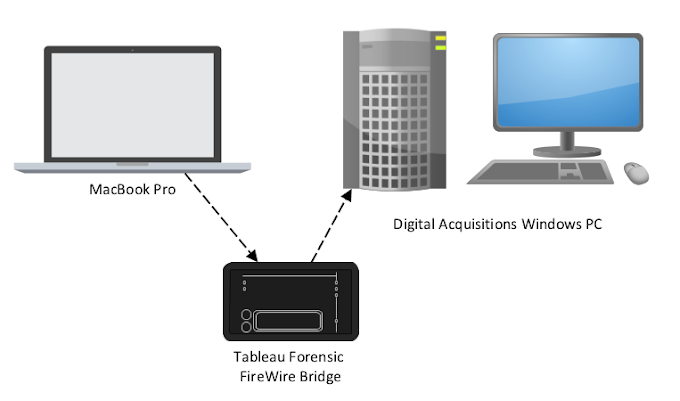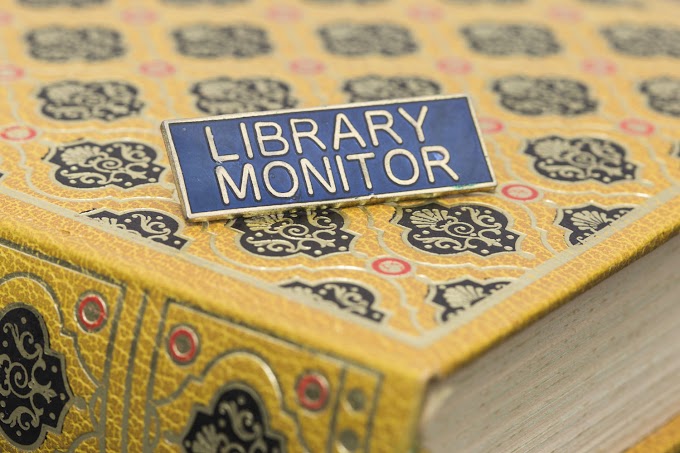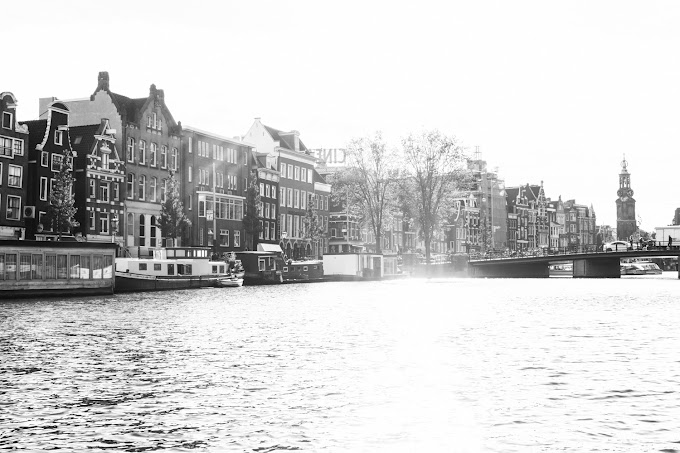But you cannot always control what you receive when it comes to digital collections. Standards are there for guidance and sometimes decisions need to be made on whether to allow something into the collection that does not meet them. The intrinsic value of the object, its uniqueness and rarity may very well trump the technical requirements for digital collecting. When dealing with born-digital photographs for example, where some institutions prefer a Camera Raw or uncompressed TIFF file format, a low resolution JPEG would also be accepted under the right circumstances.
The digital collecting workflow has changed significantly in the last 12 months in my workplace with the introduction of new standards and tools such as BagIt2 and Bagger3, as well as beginning to ingest the significant backlog of both digitised and born-digital collections into our digital preservation system. We have strict control over the process for new acquisitions, but our legacy collections are another story.
While checksums have been generated for acquisitions for a number of years, there are legacy collections that do not contain as much metadata as we generate and use today. This includes checksums, virus scans and information relating to the physical carrier it was received on. So now that we have these new procedures, guidelines and workflows in place, what do we do with these legacy collections? Should we go back to the creator and ask them to submit the files again? Should we try and locate the physical carrier it was received on before we had a policy in place to manage and store them? While this may be possible in some cases, there is a point where you need to draw the line and accept things as they are.
Authenticity is an attribute that is highly valued in digital preservation, where appropriate steps need to be taken to ensure that it is not compromised during the process of managing digital assets 4. It is important to establish authenticity (including fixity) as early as possible. Drawing the line with legacy material means accepting them as they are, generating checksums now and bringing them up to our current standards for our ingestion processes to make them accessible now and into the future.
Custodial control of digital assets can only be maintained within the context of both organisation and system policies, procedures, guidelines and following best practice. These will change over time and it is important to understand that you may have to let go of strict control requirements under some circumstances and do the best with what you have at the time.
This post is my contribution to the GLAM Blog Club April theme: 'Control'.
Authenticity is an attribute that is highly valued in digital preservation, where appropriate steps need to be taken to ensure that it is not compromised during the process of managing digital assets 4. It is important to establish authenticity (including fixity) as early as possible. Drawing the line with legacy material means accepting them as they are, generating checksums now and bringing them up to our current standards for our ingestion processes to make them accessible now and into the future.
Custodial control of digital assets can only be maintained within the context of both organisation and system policies, procedures, guidelines and following best practice. These will change over time and it is important to understand that you may have to let go of strict control requirements under some circumstances and do the best with what you have at the time.
This post is my contribution to the GLAM Blog Club April theme: 'Control'.
1. Standards and best practice, Digital Preservation Handbook. Digital Preservation Coalition.
https://www.dpconline.org/handbook/institutional-strategies/standards-and-best-practice
2. Kunze, J., Littman, J., Madden, L., Summers, E., Boyko, A., Vargas, B., 2016. The BagIt File Packaging Format (V0.97).
https://tools.ietf.org/html/draft-kunze-bagit-14
https://tools.ietf.org/html/draft-kunze-bagit-14
4. Harvey, R., Weatherburn, J., 2018. Requirements for Successful Digital Preservation, in: Preserving Digital Materials. Rowman & Littlefield, Lanham, MD, United States, p. 86.
Cover image credit: Illustration copyright of digitalbevaring.dk and shared under a CC BY 2.5 Denmark licence (illustrations) https://creativecommons.org/licenses/by/2.5/dk/deed.en_GB , and a CC0 1.0 licence (icons) https://creativecommons.org/about/cc0.





